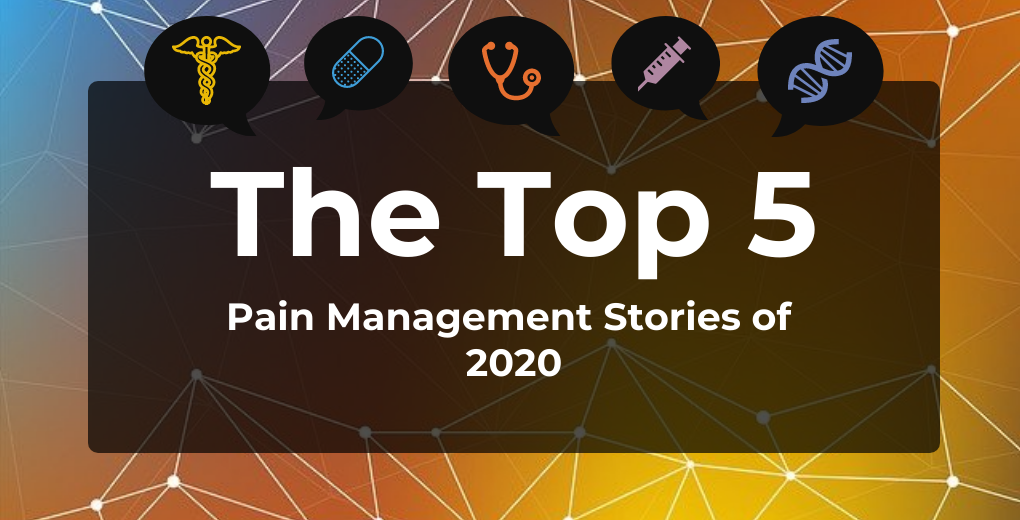Article
How Patients Think About Pain May Impact Activity Levels, Study Says
Author(s):
The researchers said their results have potential implications for pain management and wellness in older adults, and they suggest that pain catastrophizing could be an important therapeutic target for interventions and pain treatment.
How patients think about their pain can have a significant effect on whether they get enough physical activity or if they spend more time being sedentary, according to recent research.
In the study, researchers found that when people with knee osteoarthritis felt an exaggerated helplessness or hopelessness (ie, catastrophizing their pain), they were less likely to be physically active later in the day. This contributed to a cycle of sedentary behavior followed by more pain catastrophizing.
According to the researchers, the results have potential implications for pain management and wellness in older adults, and they suggest that pain catastrophizing could be an important therapeutic target for interventions and pain treatment.
Getting enough exercise plays a role in pain management, the researchers noted. According to the researchers, chronic or persistent pain affects between 60% and 75% of older US adults.
For the study, the researchers used data from 143 older adults with knee osteoarthritis. The participants kept daily diaries and wore accelerometers for 22 days. Each morning, the participants would report how they felt about their pain that day and the accelerometer would gather information on physical activity and sedentary behavior.
After analyzing the data, the researchers found that on mornings when participants catastrophized about their pain more than usual, they ended up engaging in less moderate to vigorous physical activity later that day.
Additionally, the researchers found that catastrophizing about pain in the morning lead to more time in sedentary behavior the same and the following day, as well. In turn, more time spent sedentary lead to increased pain catastrophizing on the following day.
The researchers added that while their study looked specifically at people with knee osteoarthritis, catastrophizing can happen with any type of pain. They said the implications of their findings could potentially apply to pain management in patients with other types of chronic pain.
Catastrophizing thought patterns can take the form of “the pain is terrible and is never going to get any better” or “I can’t stand the pain anymore.”
“Reducing daily pain catastrophizing may help older patients to be more active and less sedentary on a daily basis,” said Ruixue Zhaoyang, assistant research professor, in a statement. “This could help improve their chronic pain condition, physical function, and overall health, and reduce the possibility of hospitalization, institutionalization, and healthcare costs in the long term.”
He said that catastrophizing may lead some older adults to avoid exercise in an effort to also avoid pain. But if exercise is put off for too long, it can lead to spirals of depression and even worse pain.

Incorporating Discussions of Cannabis Use Into Oncology Care Visits


